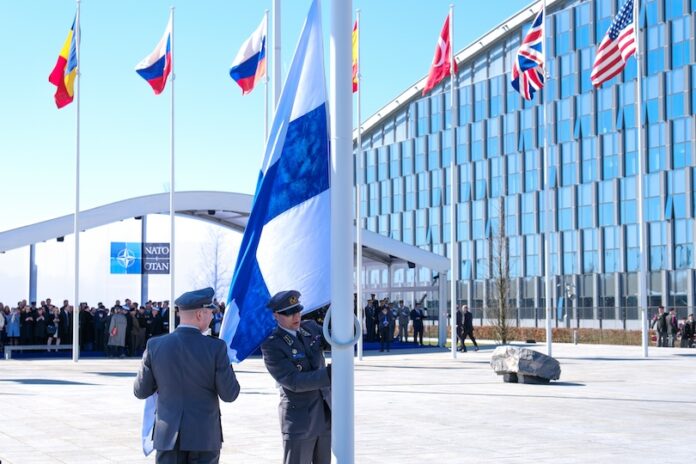This is an excerpt from Neutrality After 1989: New Paths in the Post-Cold War World, edited by Naman Karl-Thomas Habtom. You can download the book free of charge from E-International Relations.
The concept of neutrality has been a subject of debate, evolving over time and in different contexts. Originally defined as non-participation in wars, neutrality has transitioned into a political stance involving impartiality in international conflicts, particularly during the Cold War era. Neutrality shifted to signify non-participation in military alliances rather than military conflicts, becoming a key aspect of foreign policy. Various models of neutrality emerged, with Finland presenting a nuanced interpretation that differentiated between political and military dimensions.
Neutrality can be a temporary or permanent choice in foreign policy, influenced by internal and external factors. Finland’s neutrality, tied to the Treaty of Friendship, Cooperation, and Mutual Assistance with the Soviet Union, was a balance between representing neutrality as a virtue and a practical necessity for independence. The end of the Cold War marked a significant shift in Finland’s stance, leading to EU membership in 1995, which replaced its self-defined neutrality with military non-alignment. Despite remaining outside military alliances, Finland has engaged in international military cooperation and crisis management tasks, including partnering with NATO.
In response to the Russian invasion of Ukraine in 2022, Finland reevaluated its security situation and applied for NATO membership, officially ending its long-term practice of military non-alignment. This decision highlighted the evolution of Finland’s interpretation of neutrality as it transitioned from a policy of neutrality to full NATO membership. The chapter explores theoretical perspectives such as realism, liberalism, and constructivism in analyzing the evolution of Finnish neutrality policy and its alignment with EU and NATO.
The content also delves into the historical context of neutrality in Finland, particularly during the Cold War era, and the concept of ‘active neutrality’ under President Urho Kekkonen. It reflects on the country’s strategic choices and identity conceptions in the post-Cold War period, leading to its decision to join the EU and later apply for NATO membership. The chapter concludes by discussing the implications of Finland’s NATO membership in the broader European security landscape.
Further reading on E-International Relations provides additional insights into the evolution of Finnish foreign policy, the dynamics of neutrality, and Finland’s changing role in European security and international relations.




